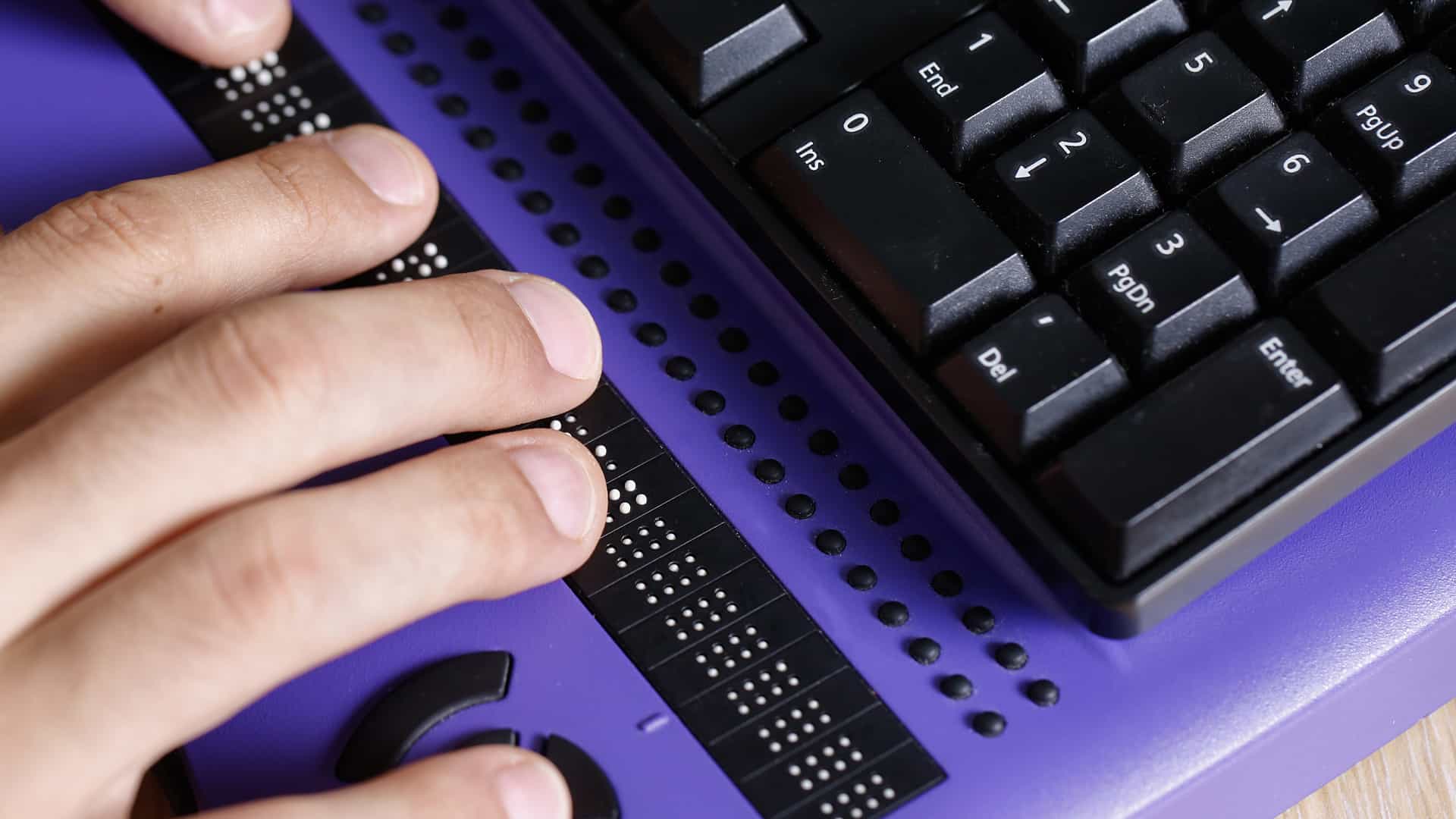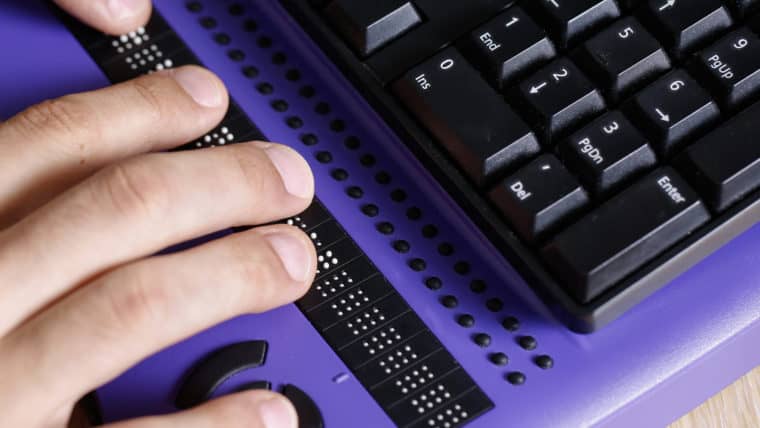
Imagine climbing a mountain with only one arm. In the documentary Stumped, Maureen Beck does just that. “We don’t climb to be special, we don’t climb to win some silly awards,” she says in the film. “We climb because we love climbing just like everybody else.”
When we think of disabilities it’s easy to think of the physical challenges people like Maureen face. But in today’s modern world, where many of our public spaces have been changed to support those with disabilities, it’s our digital spaces that lag behind. When design is approached from a human-centered perspective with disabilities in mind, everyone can benefit from more accessible products.
Who hasn’t appreciated closed captioning at a noisy event, an elevator instead of stairs, or audio books? Additionally, by making these accessibility features out in the open and available to all, they become less stigmatized and individuals are empowered to select interaction methods that work best for them—regardless of ability.
Here at 2A, we’re putting people front and center in every step of our web development process. Our design team is constantly checking for contrast and font sizes to help people with low vision read more clearly. We design our sites with alt text and tab stops to help people who are navigating with a screen reader. And our development team tests our websites in staging environments before anything goes live to make sure we’ve incorporated accessibility measures.
Do your part
Ready to start doing your part to make the web more accessible? Here are some places to start:
- Read up on Web Content Accessibility Guidelines (WCAG) to understand how websites can become more accessible. WCAG measures website content and accessibility by four criteria: perceivable, operable, understandable, and robust.
- Install the Chrome extension Accessibility Insights for Web. This tool allows you to run quick automated tests that can catch 30-40% of the most common WCAG issues such as low contrast text, missing alt text, and tabbing.
- Involve people with disabilities in your user testing to accurately uncover usability issues. Having them test your primary workflows with tools they already use is a great way to pressure test your digital experiences for accessibility. Be sure to offer compensation for their time (everyone loves gift cards)!
Small steps toward a send
In climbing the term “send” means to climb a route without falling. When climbing a difficult route, it’s common to try multiple times before sending. Failing forward is just a part of the process. Designing for accessibility is kind of like sending—it’s not going to happen right away, but with enough small steps we can achieve big changes to make the web more accessible for everyone.

